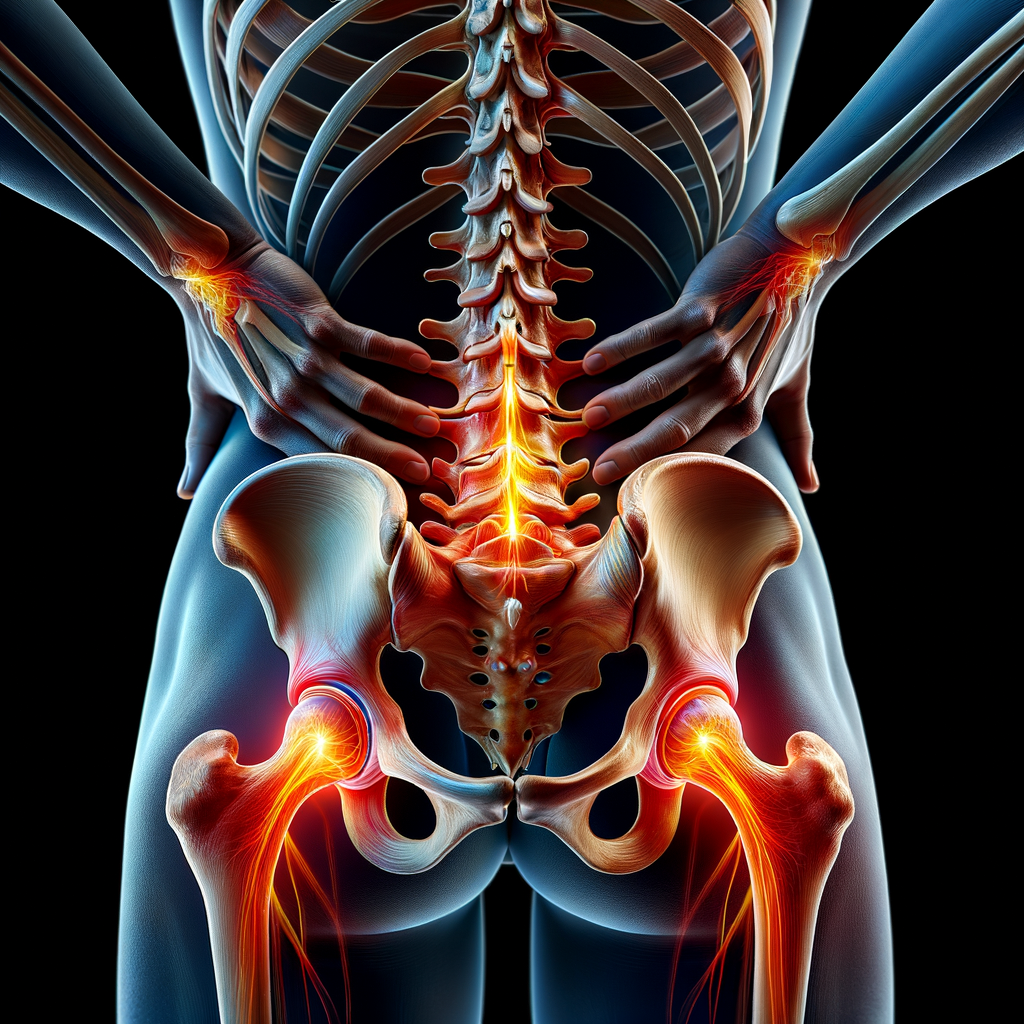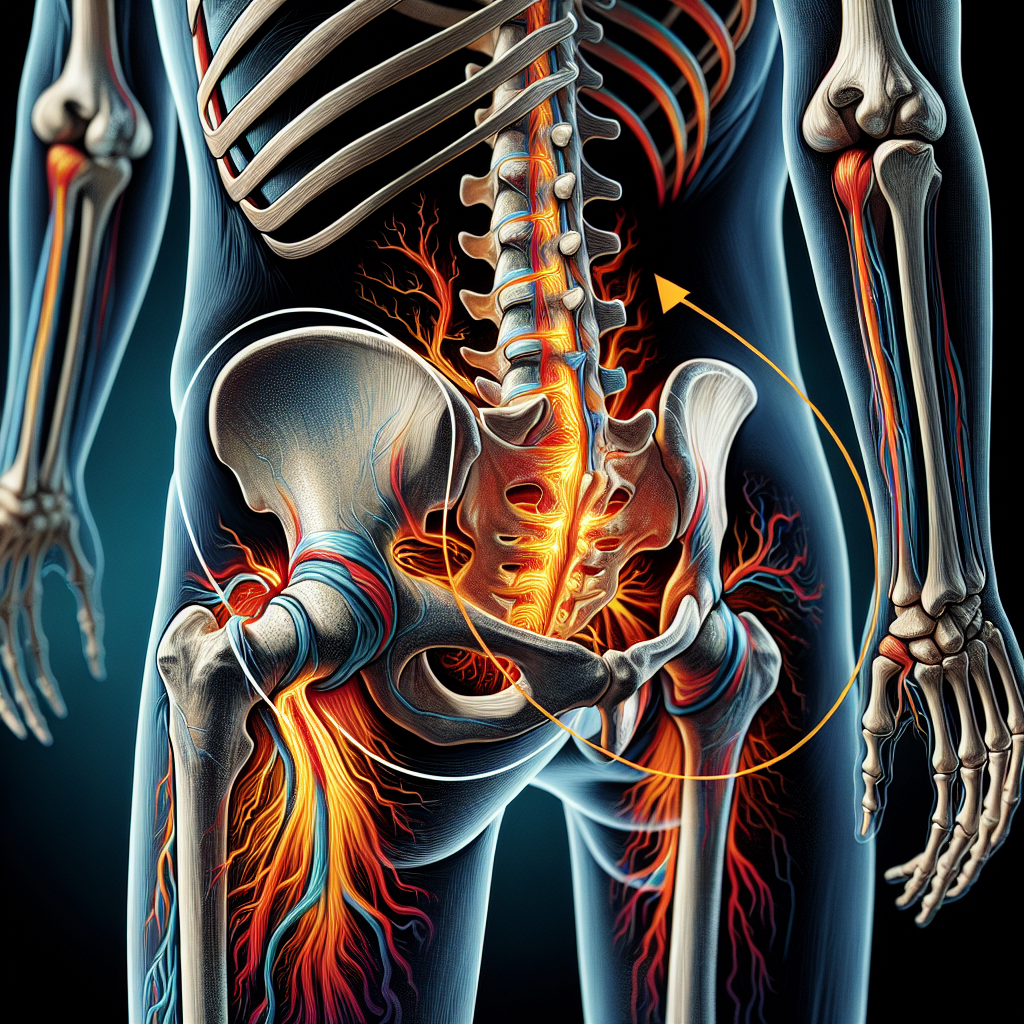Understanding Sciatica Injury: Causes, Symptoms, and Treatment

Sciatica injury, a common condition affecting millions of people worldwide, is often misunderstood. This article aims to shed light on this prevalent health issue, discussing its causes, symptoms, and treatment options.
What is Sciatica Injury?
Sciatica refers to pain that radiates along the path of the sciatic nerve, which branches from your lower back through your hips and buttocks and down each leg. Typically, sciatica affects only one side of your body. It’s usually caused when a herniated disk, bone spur on the spine, or narrowing of the spine (spinal stenosis) compresses part of the nerve.
Causes of Sciatica Injury
- Herniated Disc: This is the most common cause of sciatica. When a disc develops a tear or crack and bulges into the spinal canal, it can pinch the sciatic nerve.
- Spinal Stenosis: This condition results from the narrowing of the spinal canal, which can compress the nerves.
- Piriformis Syndrome: The piriformis muscle can sometimes irritate or pinch the sciatic nerve if it becomes tight or spasms.
- Spondylolisthesis: This condition occurs when one vertebra slips forward over another one, causing compression of the sciatic nerve.
Symptoms of Sciatica Injury
Sciatica symptoms can vary widely and may include pain anywhere along the sciatic nerve pathway, numbness, muscular weakness, and difficulty in moving or controlling the leg. The pain can vary from a mild ache to a sharp, burning sensation or excruciating discomfort. Sometimes it may feel like a jolt or electric shock.
Treatment Options for Sciatica Injury
Sciatica usually improves with self-care measures such as over-the-counter pain relievers, exercises, and hot or cold packs. However, if these measures do not help, your doctor might recommend other treatments.
- Physical Therapy: Once your acute pain improves, your doctor or a physical therapist can design a rehabilitation program to prevent future injuries.
- Medications: The types of drugs that might be prescribed for sciatica pain include anti-inflammatories, muscle relaxants, narcotics, tricyclic antidepressants, and anti-seizure medications.
- Surgery: This option is usually reserved for when the compressed nerve causes significant weakness, loss of bowel or bladder control, or when the pain progressively worsens or doesn’t improve with other therapies.
Conclusion
Understanding sciatica injury is crucial for effective management and treatment. While it can be painful and debilitating, the good news is that most people recover from sciatica with non-surgical treatments. If you suspect you have sciatica, it’s essential to consult with a healthcare professional for an accurate diagnosis and treatment plan.
Meta Keywords
Sciatica Injury, Causes of Sciatica, Symptoms of Sciatica, Treatment for Sciatica, Herniated Disc, Spinal Stenosis, Piriformis Syndrome, Spondylolisthesis, Physical Therapy, Medications, Surgery
Image Description
A cartoonish image of a person experiencing pain radiating from the lower back down to the leg, illustrating the path of the sciatic nerve. The image should be set as the featured image for the article.







